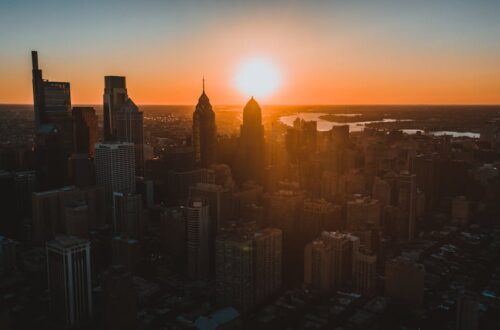Focus Keyword: Scene Flow Fan Theories
Scene flow fan theories have become an essential part of how audiences engage with TV and film storytelling. From dissecting transitions to analyzing the rhythm of narratives, fans are more invested than ever in decoding the secret language of scene flow. In this comprehensive guide, Scene Flow – Scenlo dives deep into the art of scene flow, the origins of fan theories, and how these two worlds collide to create a richer, more interactive viewing experience. Whether you’re a casual viewer or a seasoned theorist, understanding scene flow fan theories will transform the way you watch and discuss your favorite stories.
The Anatomy of Scene Flow: How Stories Move
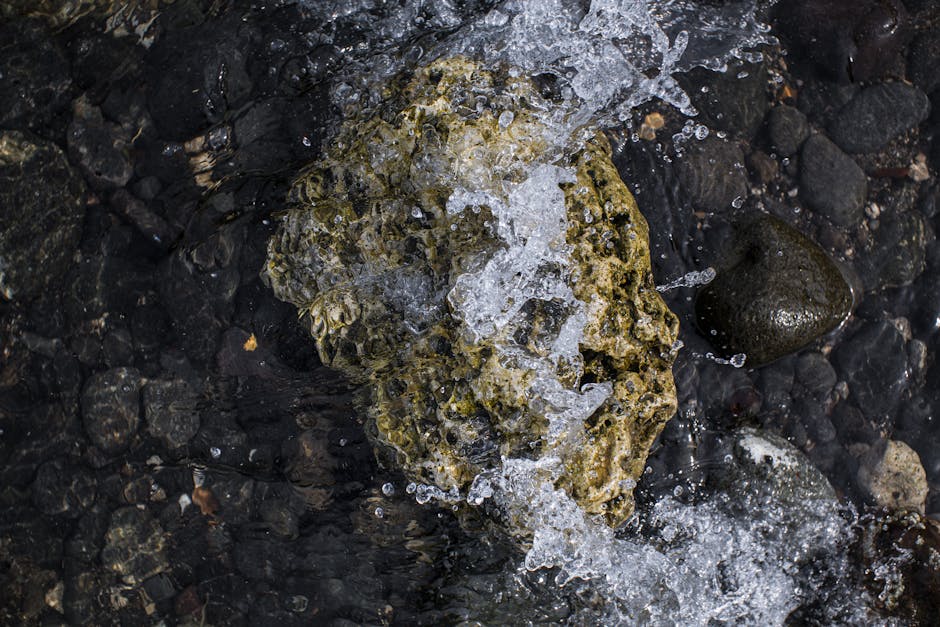
Photo by Nothing Ahead on Pexels
Scene flow is the backbone of visual storytelling, dictating how a narrative unfolds and how emotions are conveyed to the audience. At its core, scene flow refers to the seamless transition between scenes, maintaining rhythm, controlling pacing, and enhancing the overall narrative. The strategic use of transitions—such as cuts, fades, and match cuts—links moments together, guiding viewers through the story in a way that feels natural and engaging. Mastering scene flow allows writers and filmmakers to evoke specific emotions, build suspense, and ensure that audiences remain captivated from start to finish.
Techniques like establishing shots, temporal shifts, and visual motifs are employed to maintain a smooth flow. These elements not only keep the story coherent but also help in building anticipation and emotional investment. For instance, a well-placed cut can shift the mood instantly, while a lingering shot can heighten tension. The deliberate arrangement of scenes, their visual composition, and the rhythm of their transitions all contribute to the unique flow of a film or series, making every narrative a carefully orchestrated experience.
Fan Theories: The Engine of Speculation
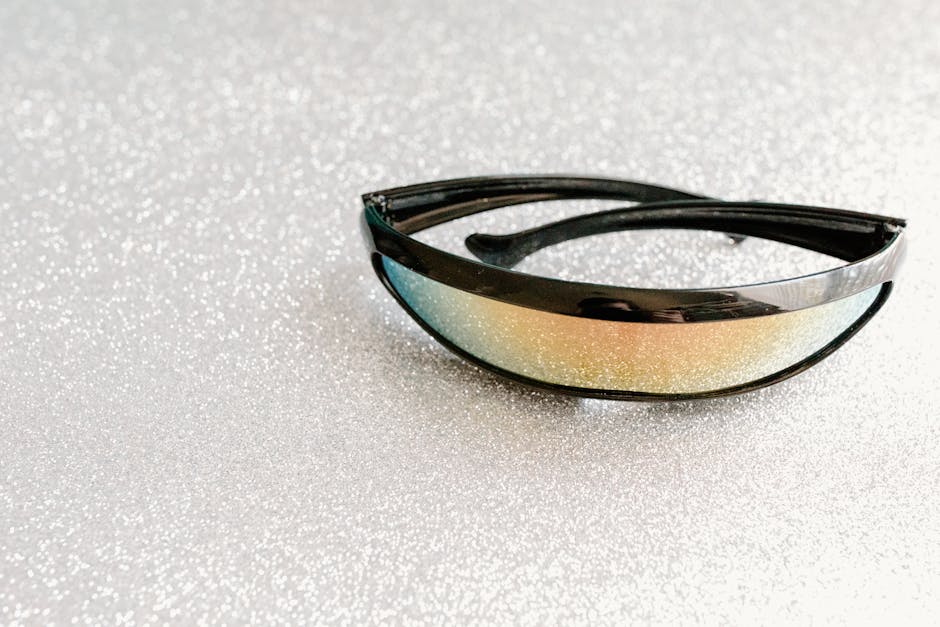
Photo by Tara Winstead on Pexels
Fan theories have long fueled the culture of speculation in the TV and film community. These theories often emerge when viewers notice recurring patterns, hidden details, or ambiguous transitions in the scene flow. By piecing together clues from the narrative’s structure, fans construct elaborate interpretations that can range from plausible explanations to wild conjectures. The popularity of fan theories lies in their ability to create a shared space for discussion, debate, and discovery.
Social media platforms, online forums, and dedicated fan sites have amplified the reach and impact of fan theories. Viewers now have the tools to analyze scenes frame by frame, dissecting every element of scene flow for hidden meanings. This collective intelligence often uncovers subtext, foreshadowing, and narrative tricks that even the creators may not have intended. Ultimately, fan theories enrich the viewing experience by transforming passive consumption into active participation, making every transition and narrative twist an opportunity for deeper engagement.
Transitions and Rhythm: The Heartbeat of Scene Flow
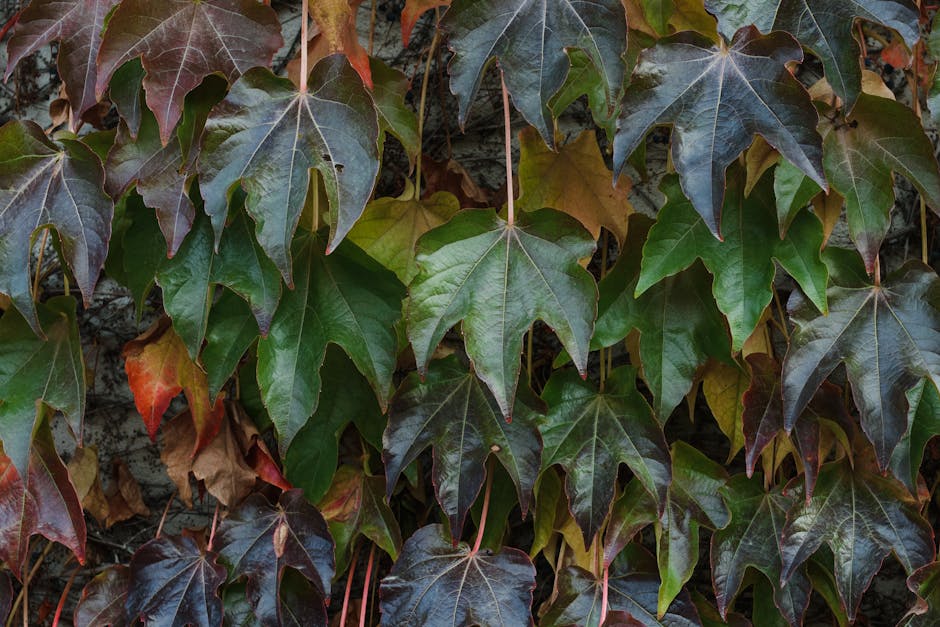
Photo by Arina Krasnikova on Pexels
Transitions are more than just technical necessities—they are the heartbeat of scene flow. The way a story moves from one moment to the next can drastically alter its emotional impact and pacing. Filmmakers use a variety of transitions, including basic cuts, dissolves, wipes, and advanced match cuts, to shape the viewer’s journey. Each technique serves a specific purpose: a quick cut might inject urgency, while a slow dissolve can evoke nostalgia or melancholy.
Scene flow techniques also involve the careful arrangement of shot types. Wide shots can emphasize isolation, mid-shots foster connection, and close-ups draw viewers into the emotional core of a character. Maintaining visual consistency—such as keeping a subject framed in the same position across cuts—ensures that the viewer’s attention remains focused and the narrative flow remains uninterrupted. Sound cues and musical transitions further guide the audience, signaling shifts in mood or perspective and enhancing the immersive quality of the story.
Visual Composition: The Unspoken Language of Storytelling
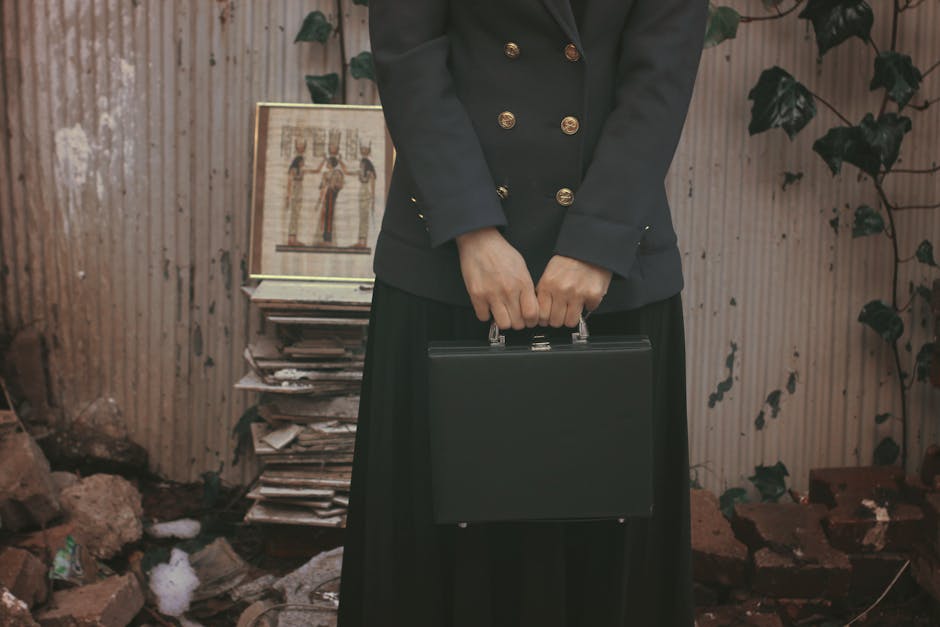
Visual composition is a critical component of scene flow, communicating meaning without words. Filmmakers employ techniques like center framing and the rule of thirds to direct the viewer’s gaze and establish emotional resonance. Center framing often highlights a character’s emotional state, creating intimacy, while the rule of thirds can balance interactions within a larger environment, emphasizing relationships and context.
The dynamic use of composition styles allows filmmakers to adapt the visual language to the needs of the story. For example, a sudden shift from a wide shot to a tight close-up can signal a dramatic change in tone or focus. Consistency in eye position across shots keeps the viewer’s attention anchored, making transitions feel smoother and more natural. When visual cues are disrupted, it can create a sense of unease or anticipation—tools that are frequently exploited in both storytelling and fan theories.
Editing Magic: How Cuts Shape Perception

Photo by Masood Aslami on Pexels
Editing is where the magic of scene flow truly comes to life. The editor’s choices determine the rhythm, pacing, and emotional arc of a narrative. By manipulating the order and duration of shots, editors can guide the audience’s perception, build suspense, or deliver unexpected twists. Techniques like montage—arranging shots in a specific sequence to create meaning—play a vital role in shaping the story’s flow and emotional impact.
Continuity is another essential element, ensuring that actions and details remain consistent across scenes. This prevents confusion and maintains the illusion of a seamless narrative. Coverage, or the variety of shots used to capture a scene, provides editors with the flexibility to craft the most effective flow. By combining these techniques, editors create a visual rhythm that keeps audiences engaged and emotionally invested, turning even the simplest stories into unforgettable experiences.
Fan Theories in Action: Decoding Iconic Scene Flows
![]()
Photo by John Sullivan on Pexels
Some of the most popular fan theories are rooted in the analysis of iconic scene flows. Whether it’s the ambiguous ending of a cult classic or the recurring motifs in a beloved series, fans have become adept at reading between the lines. For example, the use of color, lighting, and camera movement often sparks speculation about hidden meanings or future plot developments.
In many cases, fan theories have influenced the way creators approach storytelling, leading to more intricate and layered narratives. The interplay between scene flow and fan speculation creates a feedback loop, where each new theory prompts creators to experiment with new techniques and narrative devices. This ongoing dialogue between creators and audiences pushes the boundaries of what’s possible in TV and film, ensuring that the art of scene flow remains a dynamic and evolving field.
The Future of Scene Flow and Fan Theories
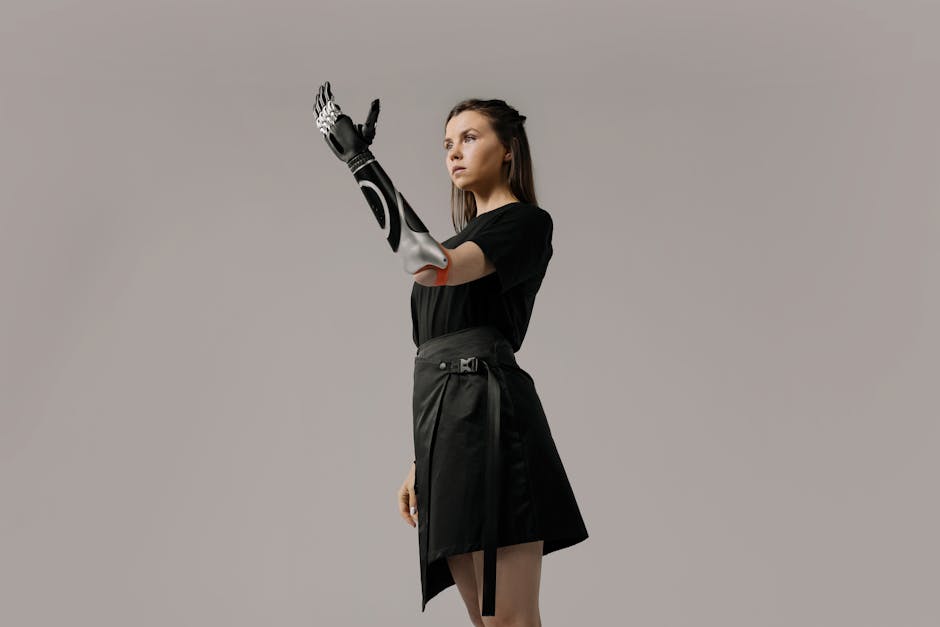
Photo by cottonbro studio on Pexels
The rise of digital technology and streaming platforms has transformed the landscape of scene flow and fan theories. With unprecedented access to content and analytical tools, viewers are more empowered than ever to dissect and discuss the mechanics of storytelling. This has led to the emergence of new forms of fan engagement, from interactive viewing experiences to collaborative theory-building communities.
As storytelling continues to evolve, the relationship between scene flow and fan theories will only grow stronger. The next generation of creators and audiences will push the boundaries of narrative structure, experimenting with non-linear storytelling, immersive environments, and real-time feedback. In this ever-changing landscape, the secret language of scene flow will remain at the heart of how we experience and interpret stories, ensuring that the art of speculation and analysis continues to thrive.
Sources
- https://library.fiveable.me/screenwriting-i/unit-7/transitions-scene-flow/study-guide/X7pHV2t2fPOgzzcU
- https://www.youtube.com/watch?v=4vpqa2oYuMY
- https://miracalize.com/sequence-shot-in-filmmaking/
- https://www.studiobinder.com/blog/what-is-film-editing-definition/



